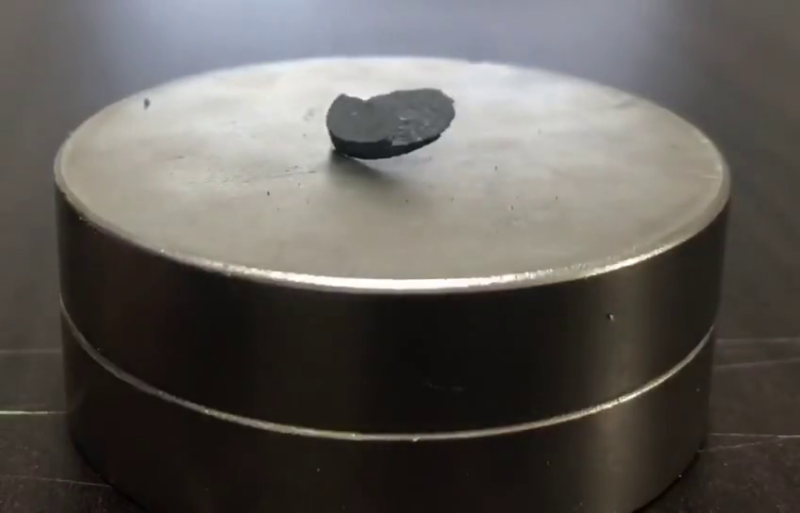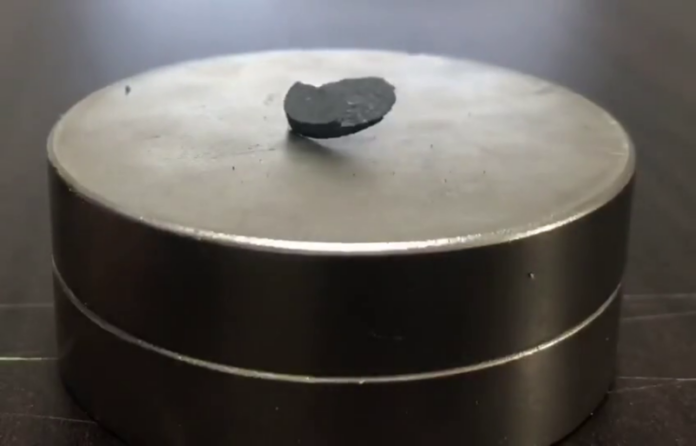
Enlarge / Pellet of LK-99 being repelled by a magnet. (credit: Hyun-Tak Kim (CC BY 4.0))
In late July, a couple of startling papers appeared on the arXiv, a repository of pre-peer-review manuscripts on topics in physics and astronomy. The papers claim to describe the synthesis of a material that is not only able to superconduct above room temperature, but also above the boiling point of water. And it does so at normal atmospheric pressures.
Instead of having to build upon years of work with exotic materials that only work under extreme conditions, the papers seem to describe a material that could be made via some relatively straightforward chemistry and would work if you set it on your desk. It was like finding a shortcut to a material that would revolutionize society.
The perfect time to write an article on those results would be when they've been confirmed by multiple labs. But these are not perfect times. Instead, rumors seem to be flying daily about possible confirmation, confusing and contradictory results, and informed discussions of why this material either should or shouldn't work.
Read 26 remaining paragraphs | Comments
Ars Technica - All contentContinue reading/original-link]




